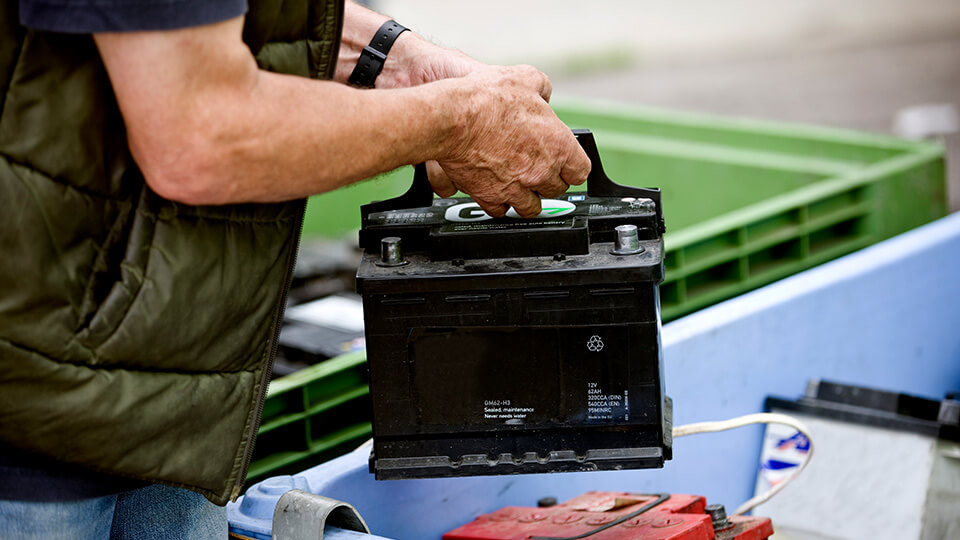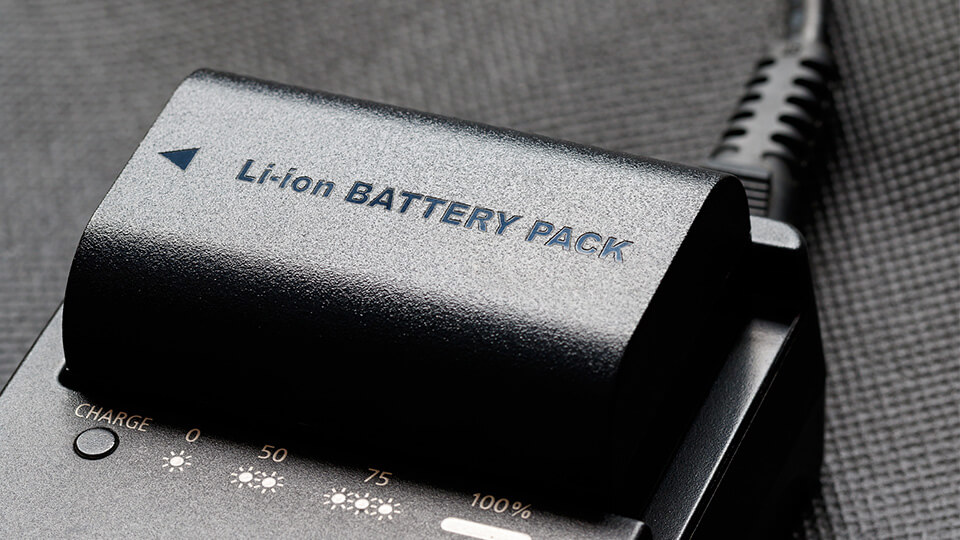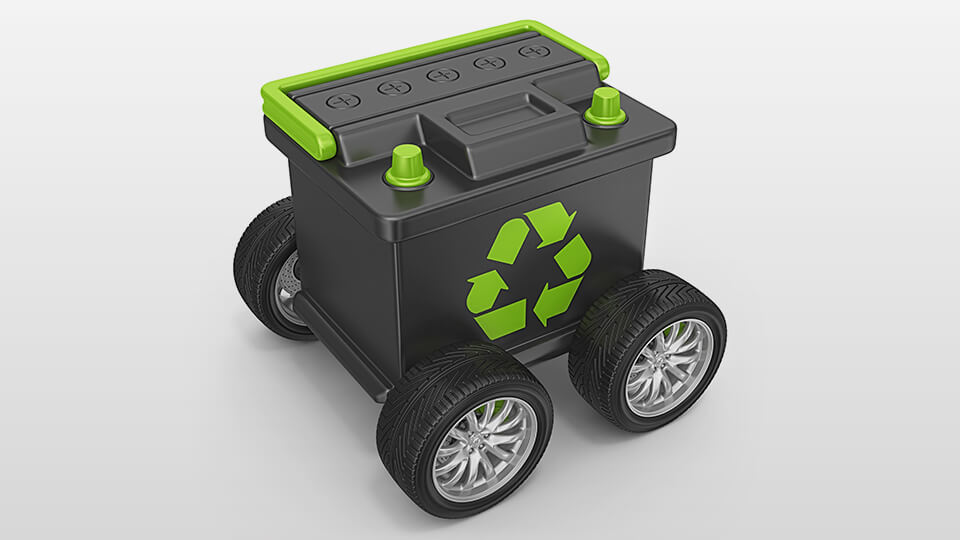Lead-acid batteries help you start your car each day, but what happens to them once they run out of juice?
These batteries, which can also store energy for off-grid solar power systems, among other uses, can be recycled into parts for new batteries.
Lead-acid batteries are highly recyclable, with many countries achieving recycling rates of more than 90 per cent.
However, that doesn’t mean they can go into the waste bin at home.
Toxic substances like lead can leak into the environment when car batteries and other lead-acid batteries end up in landfill.
Recycling lead-acid batteries is a rigorous process and is necessary to ensure that the different parts are safe to reuse.
The recycling process
Once the batteries are collected, they are taken to a hammer mill where they are broken apart.
The main parts of lead-acid batteries are lead, plastic coating known as polypropylene, and sulphuric acid.
The sulphuric acid is neutralised and turned into sodium sulphate, which is used to make fertiliser and detergent.
The lead and polypropylene parts are separated by putting the broken battery pieces into a vat, where the lead falls to the bottom and the plastic materials float.
The plastic pieces are then collected, and the liquid is drained off from the vat to retrieve the lead.
Both the lead and plastic casings are then recycled into new batteries or used in other industrial products.
Where can you recycle lead-acid batteries?
If you have a used lead-acid battery, there are a few ways to safely dispose of it.
Recycling services like Ecocycle, as well as many car workshops, scrap metal dealers and transfer stations, will accept used car batteries for recycling.
You can find your closest drop-off point by visiting the RecyclingNearYou website.
If you are a business that collects a high number of used lead-acid batteries, give us a call on 1300 32 62 92 or fill in the form below to talk to one of our experts about how we can help you with a regular collection program.





